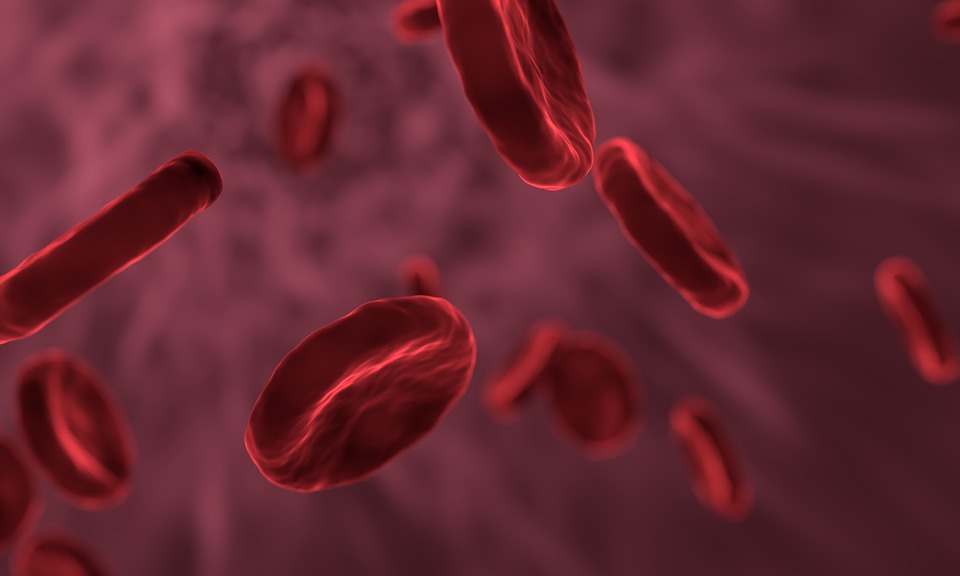Long, long ago, at the beginning of beginnings, people realized that blood meant the difference between life and death. When cave dwellers speared an animal and blood gushed out of the wound, the beast soon fell dead. Even when a person lost too much blood, he would succumb to death. And, it’s no wonder why blood was then regarded as one of the mysterious secrets of life. People came to believe that good or evil spirits were present in the blood itself.
However, today blood is no longer a mystery, but we have come to realize how vital it is for human life.
What Is Blood Made Of?

When you cut yourself, you will usually break only a few small capillaries and so only a little blood escapes. Soon the blood clots, forming a thick jelly that plugs the cut. Through such experiences, everyone has learned that blood is red, thicker than water, sticky and salty in taste. Blood also contains something that makes it clot.
If a drop of blood is examined under a microscope, many round cells can be seen. These are the red cells. Seen singly, they appear faint pink or yellow rather than red and only the thickness of many cells bunched together makes blood look red.
Red cells are only one kind of solid matter that makes up blood. Some of the solids are dissolved in the watery part. Other solids are distributed through the blood like grains of sand in a glass of water that has been stirred. Only in laboratories can the blood be separated into two major parts, a jelly-like mass of cells and a thin, straw-colored liquid.
Blood’s Major Tasks:

It’s no secret that the human body consists of a vast network of blood vessels, known as the arteries, veins and capillaries.
As members of the circulatory system, they extend throughout the body and are responsible for carrying the stream of blood.
The human body is made up of living cells that need food to grow and to reproduce themselves. And, only blood can supply food to the cells. After receiving their food, cells “burn” them to produce energy for the body.
Now, in order to burn food, cells require oxygen from the air and once again, only blood can carry oxygen to the cells.
When it comes to wastes such as the carbon dioxide gas, they are usually given off by the burning process and blood plays the role of carrying these wastes away from the cells.
Did you know that blood also provides a watery material called tissue fluid that surrounds our living cells?
Just like we need water to survive, every part of our body requires water to function properly and so blood supplies water to all our body parts.
Tell me, what happens when you exercise heavily?
A great deal of heat is given off by the muscles and blood distributes this heat evenly through the body. Blood also carries excess heat to the skin, where this heat is given off.
Our body cells and organs need some chemicals that are produced by specific parts of the body. And, these chemicals are distributed by blood.
The body also produces cells and chemicals that fight against harmful bacteria and viruses. Blood carries these “fighters” to the parts of the body that need them.
What About the Blood Types?

All human blood is made up of basically the same plasma, cells and other chemical materials. But, individuals differ in some of the arrangements and proportions of the chemicals in their cells and plasma.
It was only in 1991 when Karl Landsteiner, an Austrian doctor, discovered that the blood of every human being could be classified under one of four main groups or types. The different types are called A, B, O and AB. These blood types are based on the presence or absence of certain protein molecules in the blood.
Only when every day 12 000 people in India are dying due to the lack of donated blood can we realize the sheer importance of blood, nature’s gift of life to human beings.


